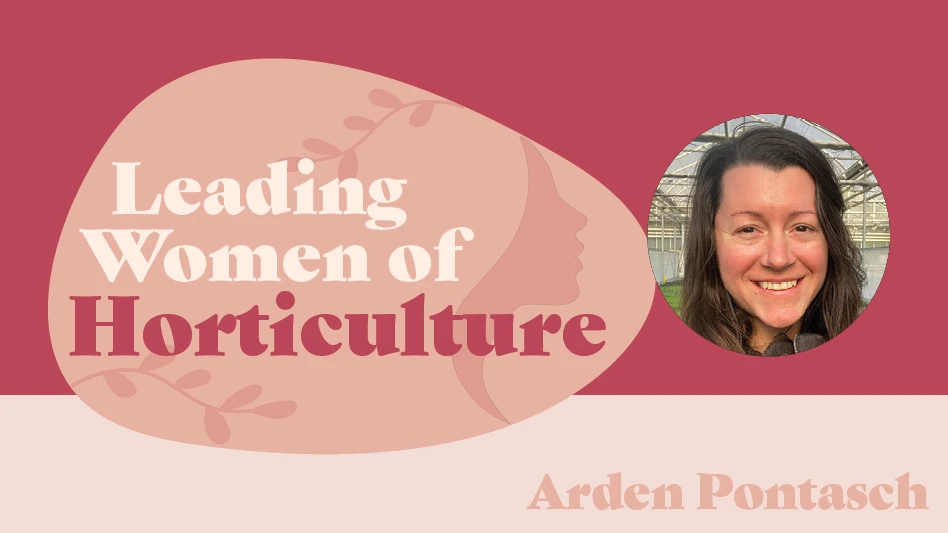

It is a rare occurrence that a new tree species is discovered on our green and blue planet. Such was the case in 1999 when a new conifer was discovered by botanists in the mountains of northern Vietnam. This tree was originally placed in a new genus all its own, Xanthocyparis, and was given the species name vietnamensis. DNA studies in 2010 reclassified it in the genus Cupressus, sub-genus Xanthocyparis. Sadly, the tree is critically endangered in its native habitat due to the fact that its aromatic wood is prized by local people to build shrines and coffins. There are perhaps fewer than 1,000 trees left in Vietnam, and only a handful of mature specimens capable of reproducing from seed. More recently in 2014, a small population of C. vietnamensis was found in the Guangxi Province of China, giving hope that it can reproduce in the wild. Efforts are being made to protect remaining trees in Vietnam. I like the idea that bringing this tree into cultivation will help save it from extinction.
Cupressus vietnamensisis a beautiful tree in the landscape and has great potential in ornamental horticulture. When I first saw one in a garden setting at the Rhododendron Species Botanical Garden near Seattle, Washington, I thought it was a species of Cunninghamia because the juvenile foliage resembles the China fir at first glance. The transitional and adult foliage is much more cypress-like, and this foliage plurality is an attribute that makes the tree visually interesting. The common name of C. vietnamensis is Golden Vietnamese Cypress, and the golden color becomes more pronounced as the tree matures and its adult leaves receive more direct sun. The most reliable references I have talked to consider C. vietnamensis to be hardy to USDA Zone 8, though a couple indicated that the zone has the potential to go lower, perhaps Zone 7. The introduction of the plant into select North American gardens came in 2006 when an expedition to northern Vietnam sponsored by the Elisabeth C. Miller Foundation returned with cuttings.
Why grow Cupressus vietnamensis?
- It has eye-catching blue-green juvenile and adult foliage forms growing concurrently.
- It’s very rare in both the wild and in cultivation, adding to its perceived value.
- It’s relatively easy to grow in commercial horticulture.
- Growing this tree helps protect it from extinction.

Mark Leichty is the Director of Business Development at Little Prince of Oregon Nursery near Portland. He is a certified plant geek who enjoys visiting beautiful gardens and garden centers searching for rare and unique plants to satisfy his plant lust. mark@littleprinceoforegon.com

Explore the January 2020 Issue
Check out more from this issue and find your next story to read.
Latest from Nursery Management
- The Growth Industry Episode 3: Across the Pond with Neville Stein
- Trends: Proven Winners 2025 perennial survey shows strong demand
- Online registration opens for the 2025 Farwest Show
- Sustainabloom launches Wholesale Nickel Program to support floriculture sustainability
- Plant breeding as an art
- Society of American Florists accepting entries for 2025 Marketer of the Year Contest
- American Horticultural Society welcomes five new board members
- Get to know Christopher Brown Jr. of Lancaster Farms






